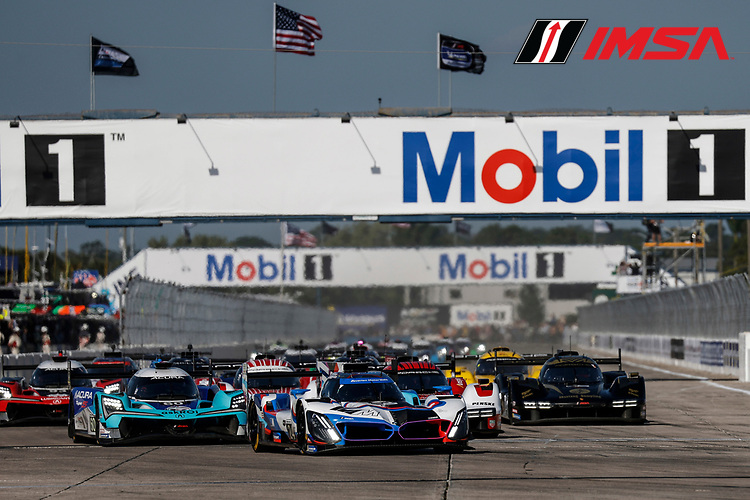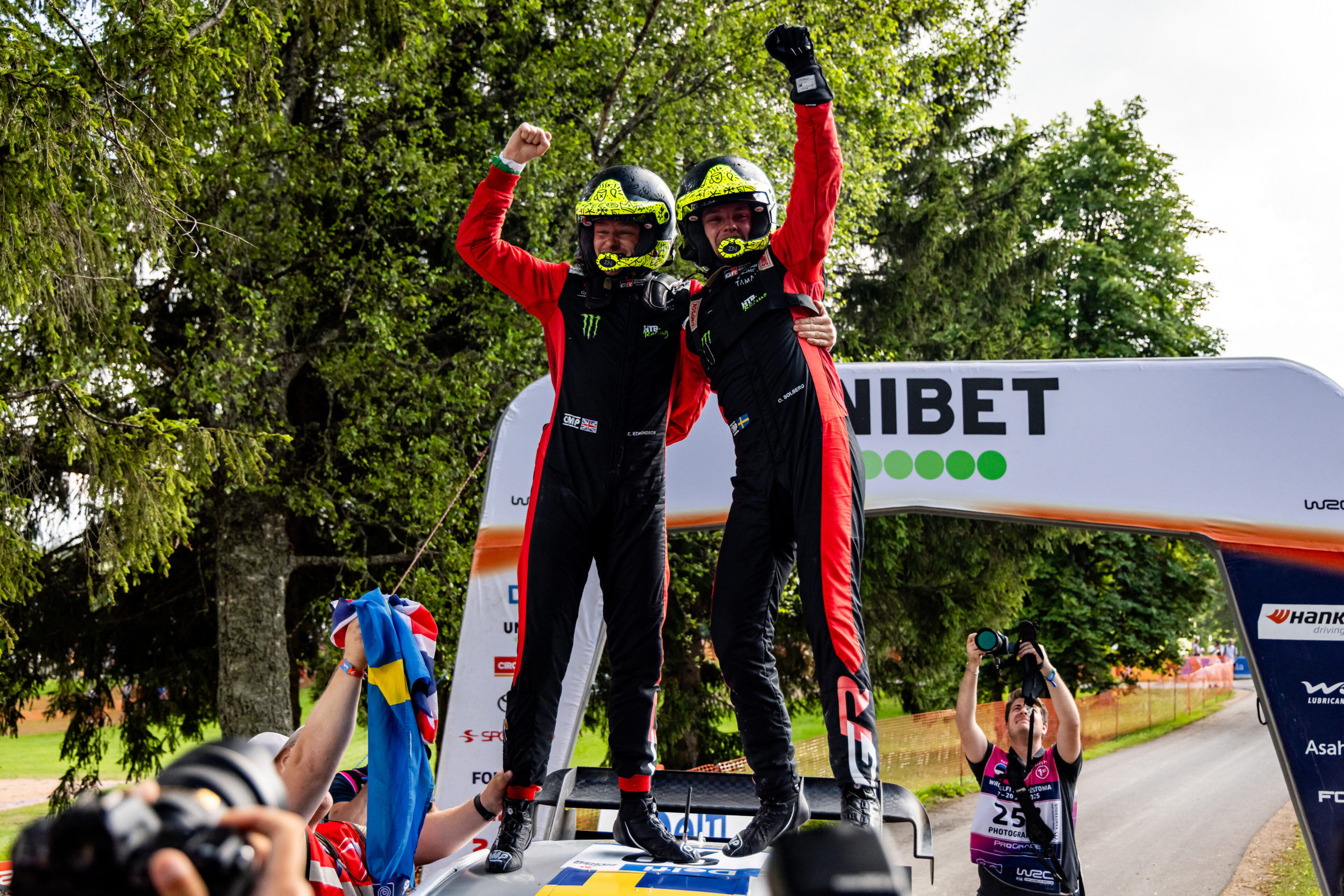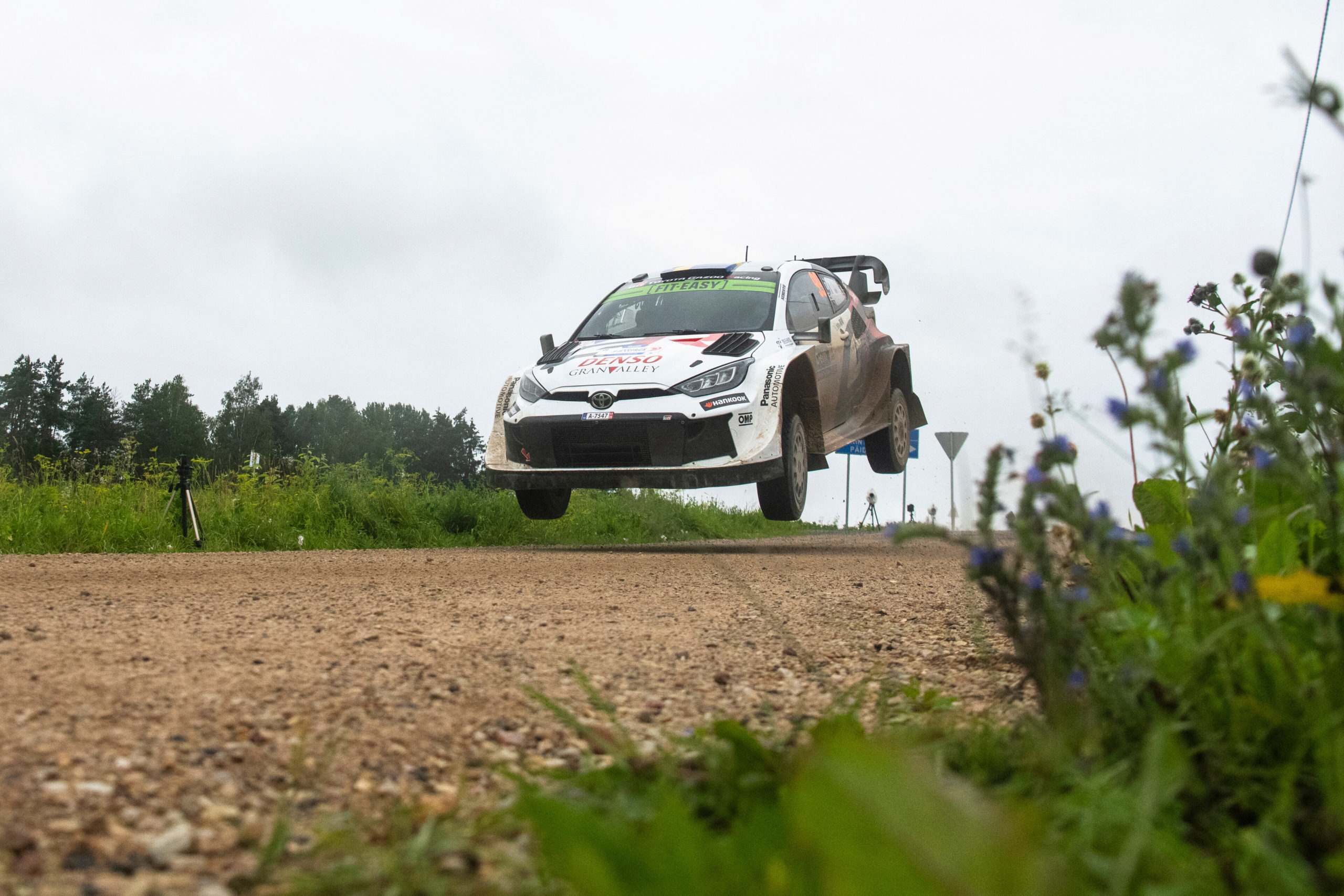The 2025 Mobil 1 Twelve Hours of Sebring proved to be a remarkable display of skill, strategy, and sheer endurance for all involved. The historic Sebring International Raceway, known for its challenging terrain and diverse weather conditions, set the stage for an enthralling battle among manufacturers and teams. With the sun shining down and temperatures soaring, the race unfolded as a masterclass in motorsport.
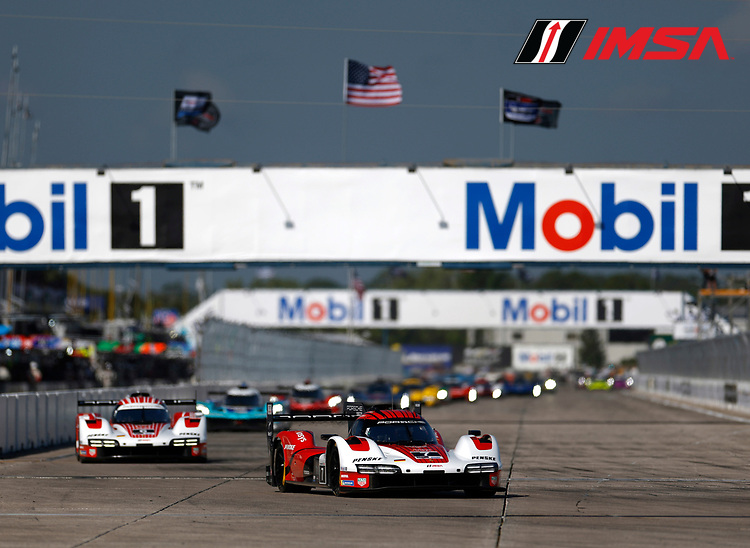
GTP: The Porsche Pinnacle
In the premier GTP category, Porsche Penske Motorsport took centre stage, executing a flawless strategy that led to a remarkable 1-2 finish. The #7 Porsche 963, driven by Felipe Nasr, Nick Tandy, and Laurens Vanthoor, clinched the overall victory, marking a significant moment not just for the team, but for endurance racing as a whole. This outcome not only highlighted Porsche’s engineering prowess but also underscored their tactical brilliance during pit stop strategies.
The Porsche team’s ability to navigate the intricacies of tire management and fuel efficiency was pivotal. As temperatures exceeded 30°C (86°F) throughout the day, managing tire wear and maintaining optimal performance became a delicate dance. The engineers’ foresight in anticipating tire degradation allowed them to adjust their strategy in real-time—an impressive feat in a race characterized by unpredictability.
Moreover, the team’s decision to avoid pit stops during the final yellow flag was a bold gamble that paid off. This decisive maneuver allowed the Porsche 963 cars to maintain their positions and fend off rivals in the closing stages. Nick Tandy’s achievement of the “Triple Crown” further solidified the race’s significance, as he joined an elite group of drivers who have triumphed at Sebring, Le Mans, and Daytona.
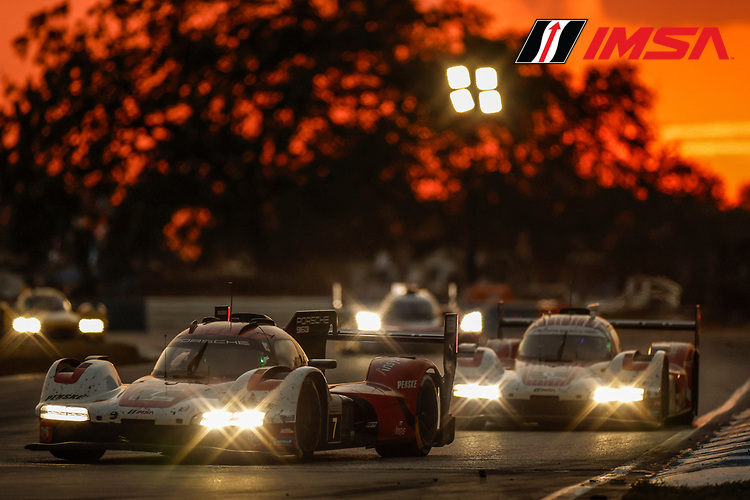
But it was not just the speed and strategy that defined the GTP race The intense competition among the leading entries kept fans on the edge of their seats. Six competitors finished on the lead lap across the GTP, LMP2, and GTD PRO categories. This narrow margin highlighted the fierce rivalry within the field, where every second counted, and every decision could alter the outcome.
As the race progressed, it became evident that tire management would be increasingly critical. The evolving grip levels as the sun set brought new strategies to the forefront, with many teams seizing the opportunity to set their fastest laps during the cooler nighttime conditions. For the Porsche drivers, the ability to adapt quickly to changing circumstances set them apart from their competition.
GTD PRO Class: A Triumph for AO Racing
The spotlight shone bright on the No. 77 AO Racing Porsche 911 GT3 R, affectionately dubbed “Rexy,” during the 2025 Sebring 12 Hours. The formidable trio of drivers—Laurin Heinrich, Klaus Bachler, and Alessio Picariello—masterfully navigated the challenges of the race, ultimately claiming a hard-earned victory. The team’s strategy kept them firmly in contention throughout the day, with decisive pit stop decisions proving pivotal in the final hour.
Heinrich’s impressive driving talent came to the forefront as he fended off intense pressure from two Paul Miller Racing BMW M4 GT3 EVOs. The tension mounted as the clock ticked down, but Heinrich held his ground, crossing the finish line with a narrow margin of victory—just 4.907 seconds ahead of the competition. This milestone not only marked AO Racing’s first traditional IMSA endurance race win but also cemented their status in the IMSA Michelin Endurance Cup with their second triumph.
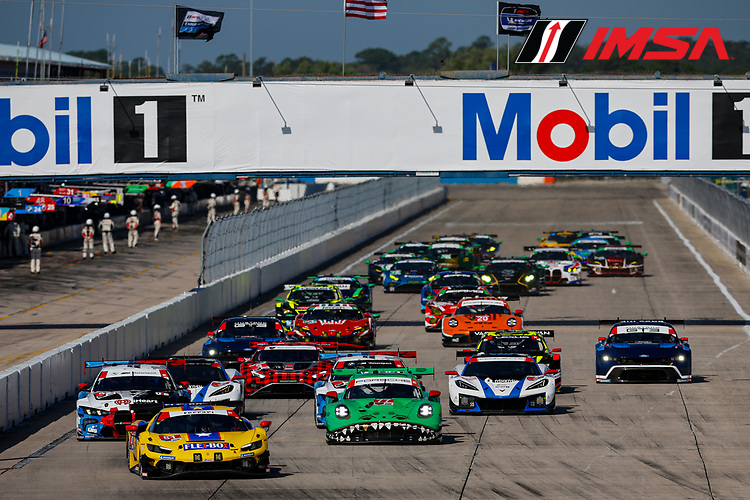
GTD Class: Winward Racing’s Back-to-Back Glory
In a repeat of their success from 2025, Winward Racing once again showcased their prowess in the GTD class with the No. 57 Mercedes-AMG GT3. The dynamic lineup of Russell Ward, Philip Ellis, and Indy Dontje executed a perfect race, with each driver playing a crucial role in securing the win.
Philip Ellis, last year’s GTD champion, proved instrumental in the team’s triumph, delivering a decisive maneuver that propelled Winward Racing into the lead. The battle was fierce, highlighted by his calculated pass on competitor Jack Hawksworth—a moment that sealed the deal and sent fans into a frenzy. The team’s consistency and speed allowed them to maintain their lead, further demonstrating their skill and determination on the road.
The GT battle at Sebring showcased a vibrant mix of manufacturers, making for an eclectic and thrilling atmosphere that kept fans on the edge of their seats. With close finishes in both classes, the Sebring 12 Hours once again proved to be a monumental event in the world of endurance racing.
Weather and Strategy
The weather and track conditions played a significant role in the unfolding drama of the Sebring 12 Hours. The heat and humidity—characteristic of Florida’s mid-March climate—turned the event into a true test of endurance. As temperatures soared, the impact on tire wear and engine performance was apparent. It was not merely about speed; survival on the track required careful consideration of the environmental factors at play.
The lack of precipitation, despite a few forecasts suggesting otherwise, contributed to a dry race that allowed for superior tire strategies to flourish. However, the threat of rain lingered in the background, a reminder that unpredictability is a constant companion in motorsport.
Given the ever-changing dynamics of race day—exemplified by the eight yellow flag periods that punctuated the event—teams were forced to make quick decisions about whether to pit or maintain track position. These choices often bore significant implications for the race outcome. The balance of risk and reward was crucial, and those who miscalculated found themselves further down the order.
As the race concluded with a dramatic final sprint—a mere 31 minutes of action following the ninth yellow flag—the atmosphere crackled with tension. In the end, Porsche’s strategy, speed, and execution led them to their 19th overall victory at Sebring, capping off a day of high-stakes racing that will linger in the memory of all present.


